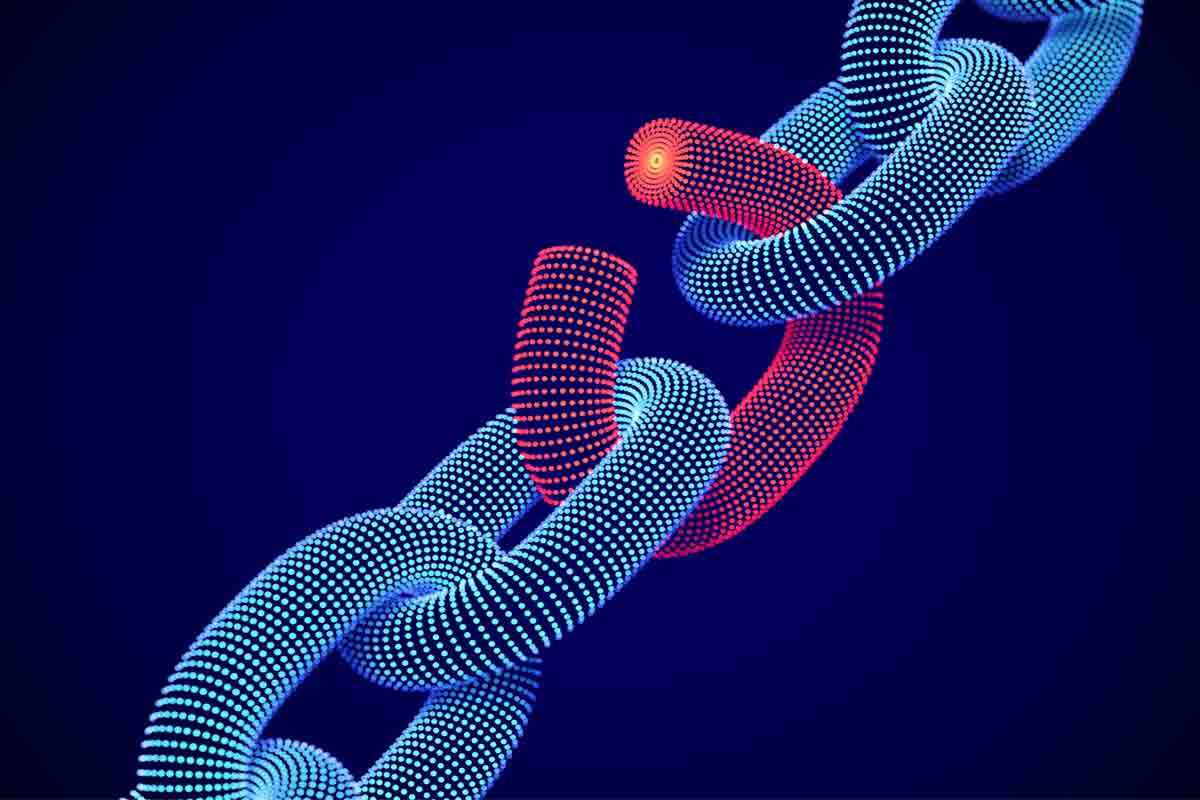Neurotoxicity With Combined Use of Lithium and Haloperidol Decanoate
To the Editor: We report the first case of neurotoxicity following addition of a long-acting injectable neuroleptic to lithium. Neurotoxicity has been reported with the combined use of lithium and high-potency neuroleptics, but there has been little published in recent literature about this potential adverse effect.
Case report. Ms A, a 21-year-old woman with mood disorder not otherwise specified (DSM-IV criteria) and a history of cocaine and dextromethorphan abuse, presented to the emergency department with suicidal ideation after having been discharged from an outside hospital approximately 24 hours earlier. At the outside hospital, she was treated with lithium 300 mg every morning and 600 mg at bedtime for 12 days as well as haloperidol 10 mg and diphenhydramine 50 mg twice daily for 9 days. She also had received haloperidol decanoate 100-mg injection 8 days prior to arrival. She exhibited disorganized thought process, was not fully oriented, and was agitated and frequently paced in the room. She had severe sialorrhea and whole body tremor. Neurologic examination was significant for bilateral lower extremity clonus, hyperreflexia, and bilateral horizontal nystagmus. Findings of mental and neurologic examinations were not consistent with records from her most recent hospitalizations.
Laboratory analysis on admission was remarkable only for 13,800 white blood cells/μL with 72% neutrophils and serum lithium level of 0.8 mEq/L. The serum lithium level was measured approximately 24 hours after her last lithium dose, so it is possible that her level was mildly supratherapeutic prior to presentation. Metabolic, toxicology, and substance screens were negative. Computed tomography and magnetic resonance imaging scans of the brain were negative, and electroencephalogram showed no seizure activity. Oral haloperidol and lithium were not continued from her previous hospitalization; diphenhydramine 25 mg intramuscularly was administered twice for treatment of parkinsonian side effects. As in similar cases, anticholinergic medication did not produce relief of symptoms.1 Over the next 72 hours, her mental status and results of neurologic examination gradually returned to within normal limits despite continued presence of haloperidol decanoate.
Neurotoxicity associated with combined use of lithium and high-potency neuroleptics was first reported by Cohen and Cohen in 1974.2 Subsequently, multiple authors sought to clarify the incidence, risk factors, symptomatology, and clinical relevance of this potential adverse effect. Overall, the reaction seems to be uncommon and most frequently occurs with haloperidol and thioridazine.1,3-5 It has been reported in patients with various serum lithium concentrations and may occur more frequently with higher doses of high-potency neuroleptics.1,3-5 The neurotoxicity is characterized by variable combinations of delirium, extrapyramidal symptoms (EPS), and cerebellar symptoms.3 Like in our case, emergence of neurotoxicity with therapeutic serum lithium levels has led some authors to conclude that neuroleptics predispose the brain to lithium’s toxic effects, suggesting synergistic rather than summative adverse effects.3,6 While haloperidol is not a phenothiazine, this theory is supported by findings that phenothiazines increase intracellular lithium levels at therapeutic doses.3,7 Others have found that lithium diminishes dopaminergic activity in rat striatum.8 While our patient certainly could have experienced EPS on haloperidol treatment alone, this potential effect of lithium would, in theory, increase the risk and severity of EPS due to neuroleptics.
While this finding is not novel, the majority of literature pertaining to lithium-neuroleptic toxicity was published in the mid-1970s to 1990s. Therefore, many new providers may not be familiar with this potential adverse reaction. To our knowledge, this is the first published case of lithium-neuroleptic toxicity following administration of a long-acting injectable neuroleptic. Patients receiving lithium and haloperidol decanoate may be at highest risk for developing neurotoxicity when peak haloperidol concentrations are reached approximately 7 days after administration.9 While the body of evidence suggests combined treatment with lithium and haloperidol is safe and effective, providers should monitor for neurotoxicity as a potential adverse event.
References
1. Loudon JB, Waring H. Toxic reactions to lithium and haloperidol. Lancet. 1976;2(7994):1088. PubMed doi:10.1016/S0140-6736(76)91002-3
2. Cohen WJ, Cohen NH. Lithium carbonate, haloperidol, and irreversible brain damage. JAMA. 1974;230(9):1283-1287. PubMed doi:10.1001/jama.1974.03240090023018
3. Miller F, Menninger J. Correlation of neuroleptic dose and neurotoxicity in patients given lithium and a neuroleptic. Hosp Community Psychiatry. 1987;38(11):1219-1221. PubMed
4. Baastrup PC, Hollnagel P, Sorensen R, et al. Adverse reactions in treatment with lithium carbonate and haloperidol. JAMA. 1976;236(23):2645-2646. PubMed doi:10.1001/jama.1976.03270240041024
5. Spring GK. Neurotoxicity with combined use of lithium and thioridazine. J Clin Psychiatry. 1979;40(3):135-138. PubMed
6. Spring G, Frankel M. New data on lithium and haloperidol incompatibility. Am J Psychiatry. 1981;138(6):818-821. PubMed
7. Friedman E, Gershon S. Effect of lithium on brain dopamine. Nature. 1973;243(5409):520-521. PubMed doi:10.1038/243520a0
8. Pandey GN, Goel I, Davis JM. Effect of neuroleptic drugs on lithium uptake by the human erythrocyte. Clin Pharmacol Ther. 1979;26(1):96-102. PubMed
9. Haloperidol decanoate [package insert]. Titusville, NJ: Ortho-McNeil-Janssen Pharmaceuticals, Inc. 2005.
Author affiliations: South Carolina College of Pharmacy (Dr Colvard) and Department of Psychiatry and Behavioral Sciences (Drs Gentry and Mullis), Medical University of South Carolina, Charleston.
Potential conflicts of interest: None reported.
Funding/support: None reported.
Published online: December 12, 2013.
Prim Care Companion CNS Disord 2013;15(6):doi:10.4088/PCC.13l01563
© Copyright 2013 Physicians Postgraduate Press, Inc.





